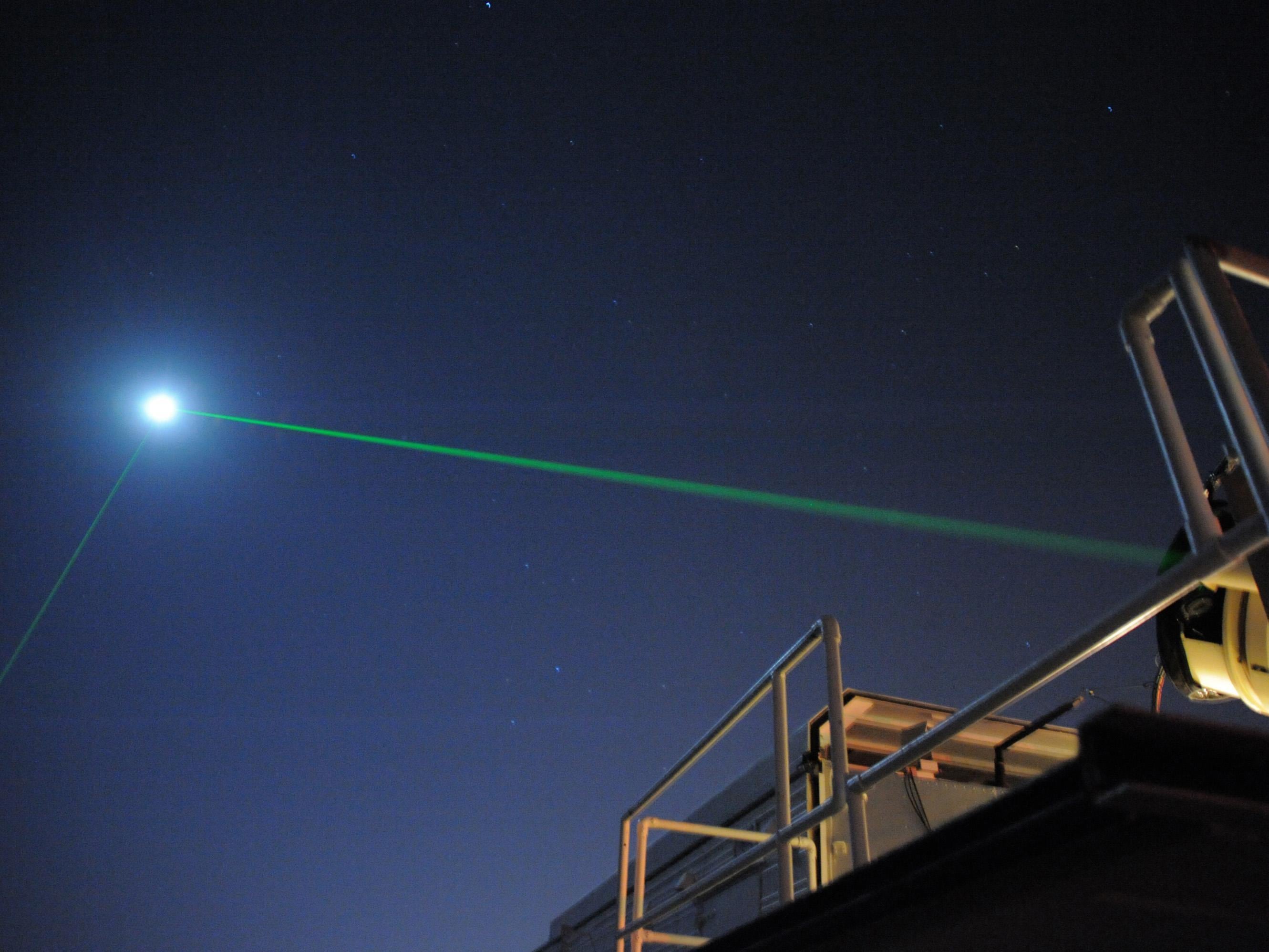In a few months, the U.S. Air Force will choose two of the four competing space companies to provide five years of launches in the National Security Space Launch (NSSL) program. One of the core objectives for this program is to increase affordability by leveraging the technologies and business models of the commercial launch industry.
Is that a realistic expectation given the current commercial space market and historical precedents?
Historically, the commercial launch market has seen significant variability. Launches of commercial communication satellite constellations began in the early 1970s with NASA serving as the launch provider. New launch providers began to emerge from the commercial world after the Commercial Space Launch Act of 1984 allowed the private sector to provide launch services. We then witnessed a remarkable growth in commercial space launches in the 1990s that peaked just before the turn of the century.
RELATED

Then, until about 2014, the commercial launch market stabilized at 20-25 commercial geostationary orbit satellites per year that were split essentially between three global launch suppliers. Since then, new entrants into the commercial launch market and pricing pressure from terrestrial-based communication systems have significantly impacted the viability of the commercial launch market, reducing profit margins and returns on investment across the board.
The expected 20-25 commercial GEO missions is now in the range of 10-15 launches per year and is expected to remain at that level beyond the NSSL five-year period of performance.
With new entrants into the commercial launch market, that 40-50 percent reduction in annual launch opportunities will now be competed among seven to eight global launch providers, putting further pressure on the viability of those launchers. Additionally, commercial launch revenue is also expected to decrease over that period by as much as 30 percent as satellite operators look to reduce their launch cost through shared launch, smaller spacecraft and reduced launch pricing.
Given the projected commercial launch market and additional competition from new entrants, launch service providers will have difficultly building and maintaining viable commercial launch business plans, let alone having commercial launch-driven capital to invest in new technology.
History has proven that no commercial launch service provider can succeed without having an anchor government customer. The commercial launch market simply has not been able to provide the stable, long-term demand needed to maintain affordable pricing, innovation and factory throughput for the Air Force to benefit from. History has also demonstrated that it is the Air Force with NSSL since 2003 that has provided the launch service providers with a stable number of launches.
The defense and commercial launch markets have a fundamental difference. The former focuses strictly on satisfying national security mission requirements in space — needs that are driven by risk, strategy and geopolitical events regardless of vulnerabilities in commercial markets. The defense market began in the late 1950s with industry designing, developing and building launch vehicles for the U.S. government to place critical national security satellites into orbit. Early on, we saw a large number of launches in the beginning — peaking at more than 40 in 1966 — before activity levels decreased to level out by 1980.
After more than 400 launches of defense-related satellites, the defense launch market finally settled into an average eight launches annually, whereas the commercial launch market is strictly tied to the ability of global satellite operators to close business plans and obtain institutional and/or private funding on new and replacement satellites.
The global COVID-19 pandemic is a stark reminder of the vulnerability of all commercial markets. Airlines, aircraft manufacturers and commercial space companies are needing to seek tens of billions of dollars in government assistance; and private commercial space investors are also reassessing their risk postures, as is demonstrated by the recent OneWeb bankruptcy filing.
Given the projected decline in commercial launch along with the historical precedents, there would be significant risk for the Air Force to expect to leverage benefit from commercial launch. In fact, I believe history has demonstrated that it is commercial launch that is able to leverage the benefits derived from the steady cadence of defense and civil government launches. The Air Force, in its role as anchor customer, needs to clearly understand commercial market dependencies and business cases of its key providers. With that understanding, the Air Force will mitigate any risk of critical national security missions being dependent on a finicky and fluctuating commercial market.
Kirk Pysher is an aerospace executive with more than 20 years in the commercial launch market, serving most recently as the president of International Launch Services until October 2019.








